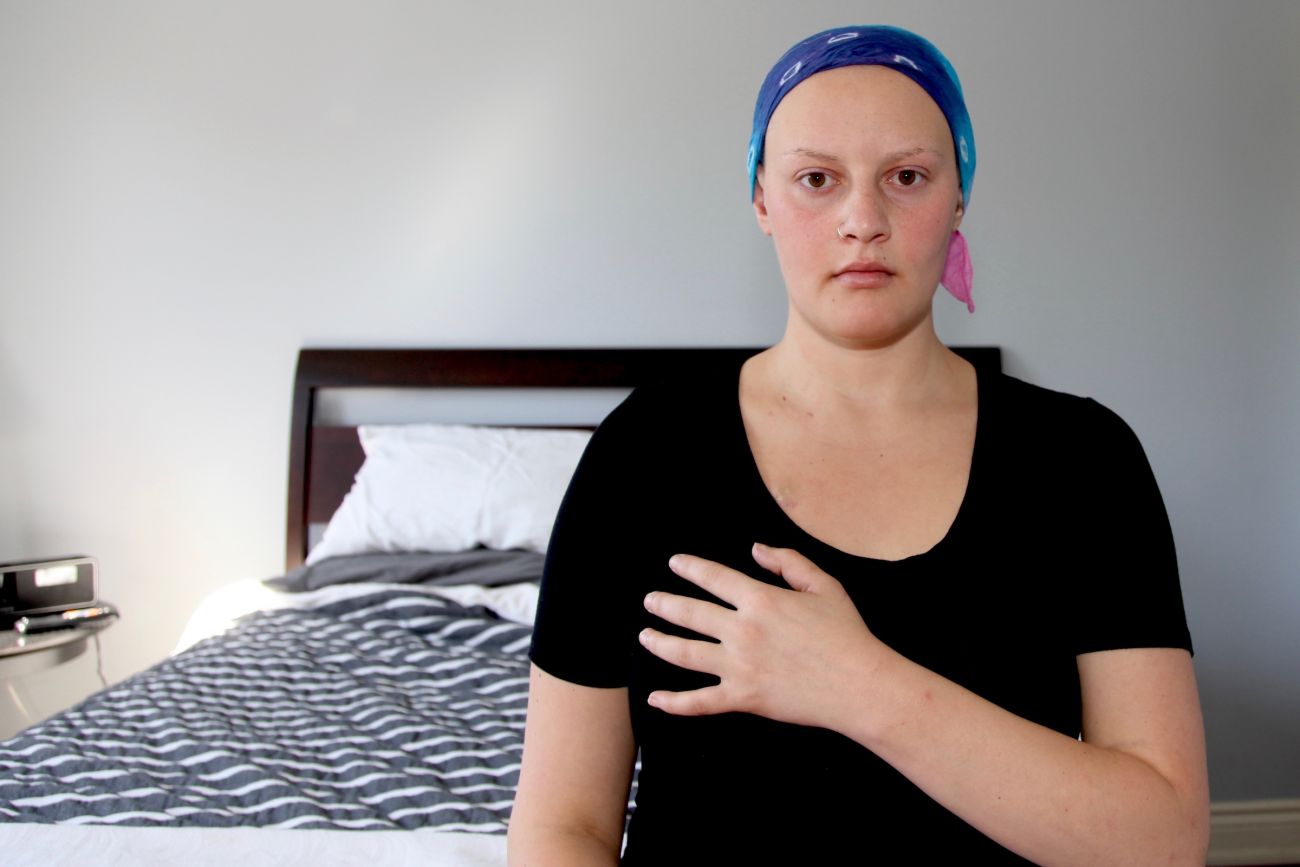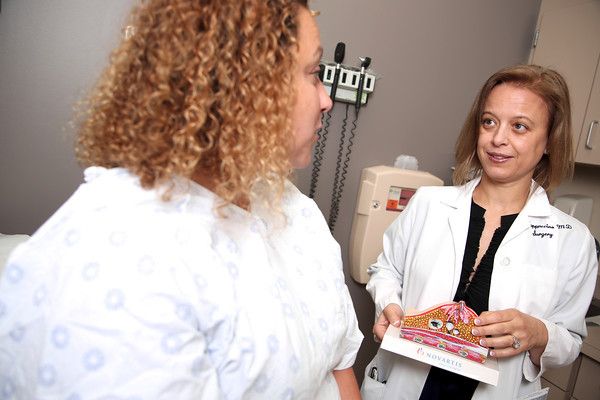Until the late 1970s, a breast biopsy involved surgery, and women were put to sleep with general anesthesia before the procedure.
Virtually every patient had the same reaction as soon as she woke up: She put her hand on her chest. “That’s how she found out whether she had breast cancer or not,” explains Stephen Edge, MD, former breast surgeon and Roswell Park’s Vice President of Healthcare Outcomes and Policy. “If the breast was gone, it meant she had breast cancer.”
In those days, radical mastectomy — removal of the entire breast, plus the nearby lymph nodes and chest muscles underneath — was the usual treatment for breast cancer, even in the early stages. Physicians believed the extensive surgery was necessary to keep the cancer from spreading. As soon as the surgeon removed a tissue sample in the operating room, it was whisked away to Pathology for immediate analysis. If the sample showed signs of cancer, the surgeon performed a radical mastectomy while the patient was still asleep, in a one-step procedure that avoided the need for a second surgery. And so, with a hand to her chest, a woman learned the outcome of her biopsy.
But no more. “I started my surgical training in 1979,” recalls Dr. Edge. “And by the late 1970s, that practice had changed completely.”
Never miss another Cancer Talk blog!
Sign up to receive our monthly Cancer Talk e-newsletter.
A Shift From Radical Mastectomy to Lumpectomy
The change began when research showed that survival rates were the same in women with early-stage breast cancers whether they underwent a radical mastectomy or a breast-conserving lumpectomy. “As a result…such disfiguring operations as radical mastectomy…have been replaced, in the majority of cases, by the more cosmetically acceptable lumpectomy,” stated an article in the journal Clinical Medicine & Research.
Research also showed that surgical biopsy was not the only way to make an accurate diagnosis. Fine-needle aspiration biopsy (FNAB), which involves a local anesthetic, provided the same results — meaning that the vast majority of women would no longer have to be put to sleep for a biopsy. With FNAB, “you take a very thin needle and extract just a few cells,” says Dr. Edge. “In the late 1980s, people also started to do core biopsy, which uses a larger needle to get a core of tissue big enough to look at the structure of the cells under the microscope. It’s very accurate.”
Today patients require a surgical biopsy only if a needle biopsy can’t reach the suspicious spot seen on a mammogram.
Information — and Enough Time for Decisions
During the same period, something else occurred that revolutionized the treatment of breast cancer: Advocates promoted the right of women to be involved in decisions about their breast cancer treatment, pushing for a delay between the biopsy results and surgery, to give patients a chance to talk with their oncologists about their options. “A number of states passed legislation that said there must be a mandatory five-day period between the date of the breast cancer diagnosis and the date of definitive surgery,” says Edge.
“It’s OK to take a deep breath,” he adds. “While you shouldn’t wait months to get care, you can wait a reasonable amount of time to get the information you want, get a second opinion and make sure you’re making careful decisions.”
Looking back on the practices of the past, he says, “Today physicians are much more open with women about their breast cancer, and much more willing to listen to their concerns — and women are better informed. One of our jobs is to help our patients understand the disease so they can participate in their own care, be more aware of how the decisions are being made and what their choices are.”



